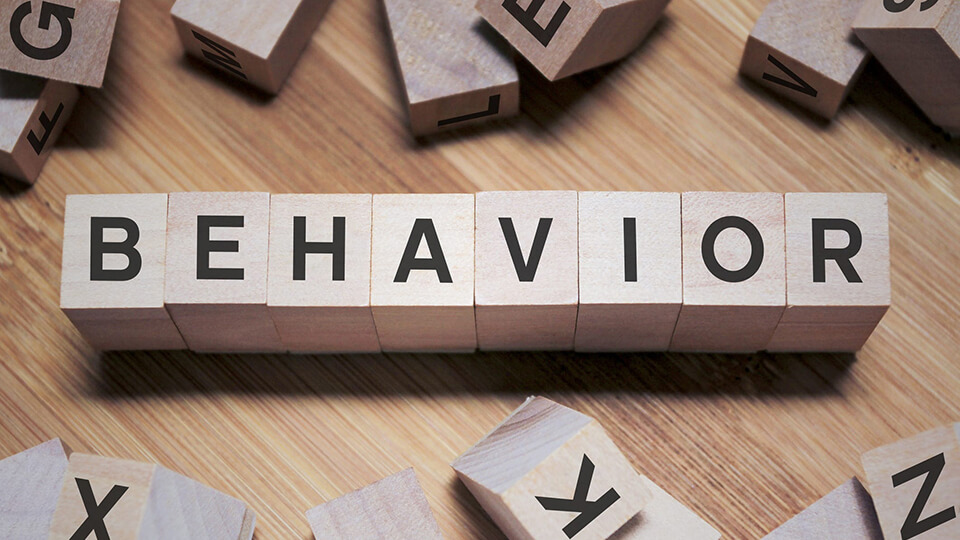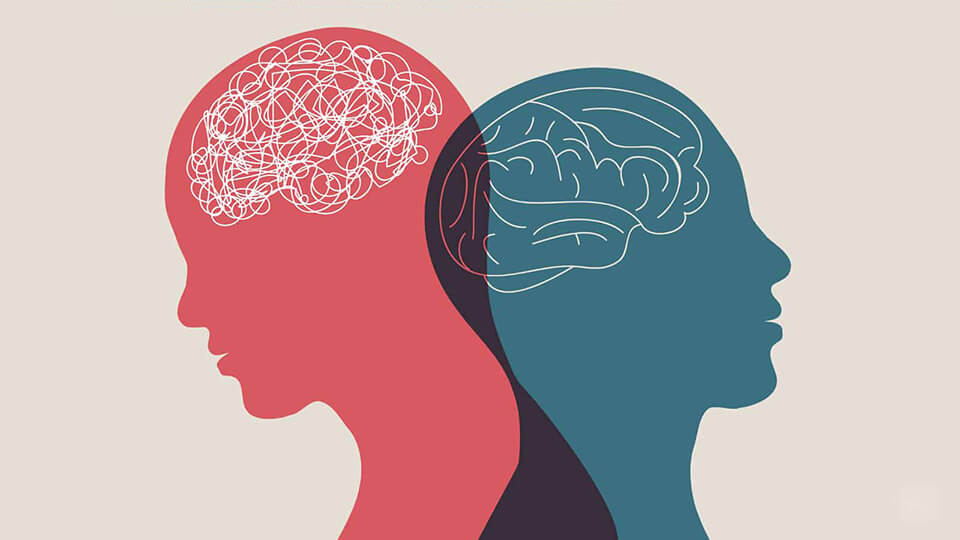The Basics of Behavioral Health
Behavioral Health vs Mental Health

Oftentimes people think that behavioral health and mental health are the same thing. It’s understandable since they are closely related. However, there are a few key differences between them.
On one hand, behavioral health considers how your actions affect your overall well-being. For example, your eating and exercise habits affect your physical and mental health. Also, behavioral health includes not just the patient, but everyone around them. This includes their friends, family, and community as well.

On the other hand, mental health is a type of behavioral health. Primarily, it focuses on how your actions, feelings, and thoughts are affected by how your state of mind. For instance, your mental health influences how you make decisions, interact with people, and deal with stress.
Overall, the key difference between behavioral health and mental health is simple. Behavioral health focuses on how your actions affect your physical and mental health. Mental health is a type of behavioral health that focuses on the effects of your state of mind.
Remote Behavioral Health

The Covid-19 pandemic affected everyone all over the world. The greatest change that people faced was the instant need to go digital. For instance, telehealth was one of the biggest changes during this time. The impact that quarantining had on people’s behavioral health was overwhelming for most. However, remote behavioral health was the innovation that the world needed during that difficult time.
Benefits of Remote Behavioral Health

More Access
Remote behavioral health makes it easier for people to get behavioral health services. For example, some patients can’t get to an in-person appointment. This includes patients that live in rural area or have medical conditions that make traveling hard. In addition, with less in-person visits, there are more open appointments for those that need in-person interaction with their doctor.
Less Delays
There are less delays during remote behavioral health visits. On average, patients must wait 25 days in between visits with a behavioral health professional. However, remote visits get rid of anything that causes a delay. For example, remote visits do away with the delays caused by scarcity of doctors and long traveling times.
Less Time
Remote behavioral health services replace long traveling times with a few steps to your electronic device. And with less travel comes less traveling costs. In addition, remote visits are easier to fit into people’s busy schedules. So, employees won’t have to take off work to go to the doctor.
Less Stigma
Dr. David Satcher, US Surgeon General, found that the reason most people do not seek mental health services is because of the stigma behind it. In most cases, the stigma is worse in rural areas. But, now that remote behavioral health allows people to visit doctors at home, more people are willing to try it out. With more people using remote behavioral services, the stigma behind is slowly going away.
Real Results
Studies continue to prove that remote behavioral health visits are as effective as in-person visits. In fact, the use of remote behavioral health is continuing to grow. Experts predicted that it would increase 20% from 2014-2024.
Ultimately, behavioral health is a needed service all over the world, especially after Covid-19. In most cases, people confuse behavioral health and mental health. However, behavioral health focuses on how your actions impact your physical and mental health. While mental health is a type of behavioral health that focuses on how your mind affects you. Further, benefits from more access to less stigma contribute to the growing demand for remote behavioral health services. In the end, as more people use these services, more people will accept the need for it.




